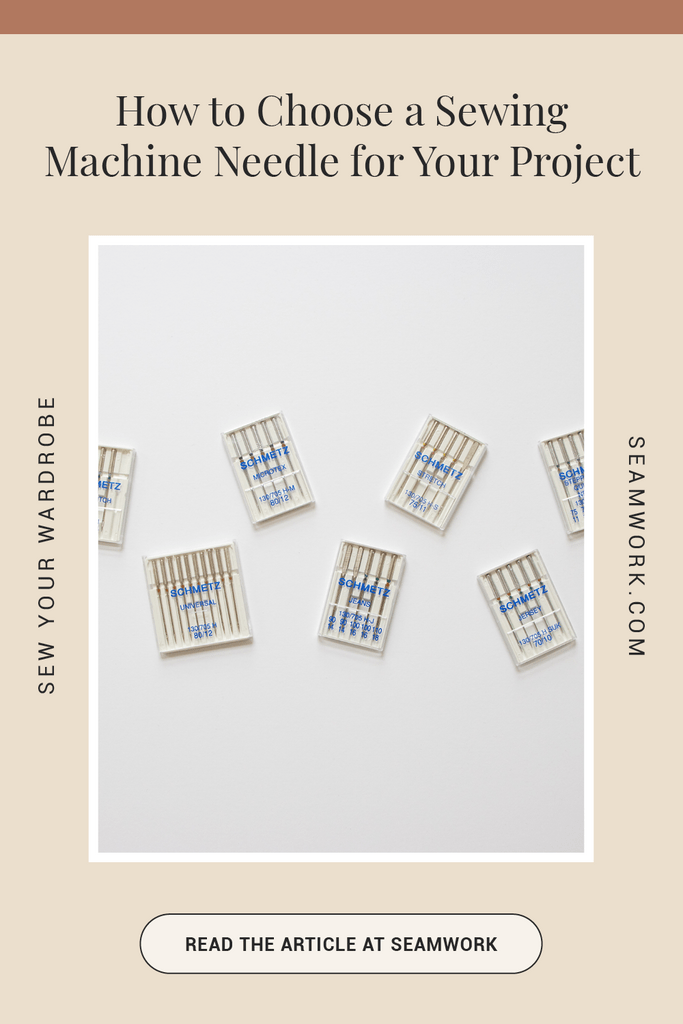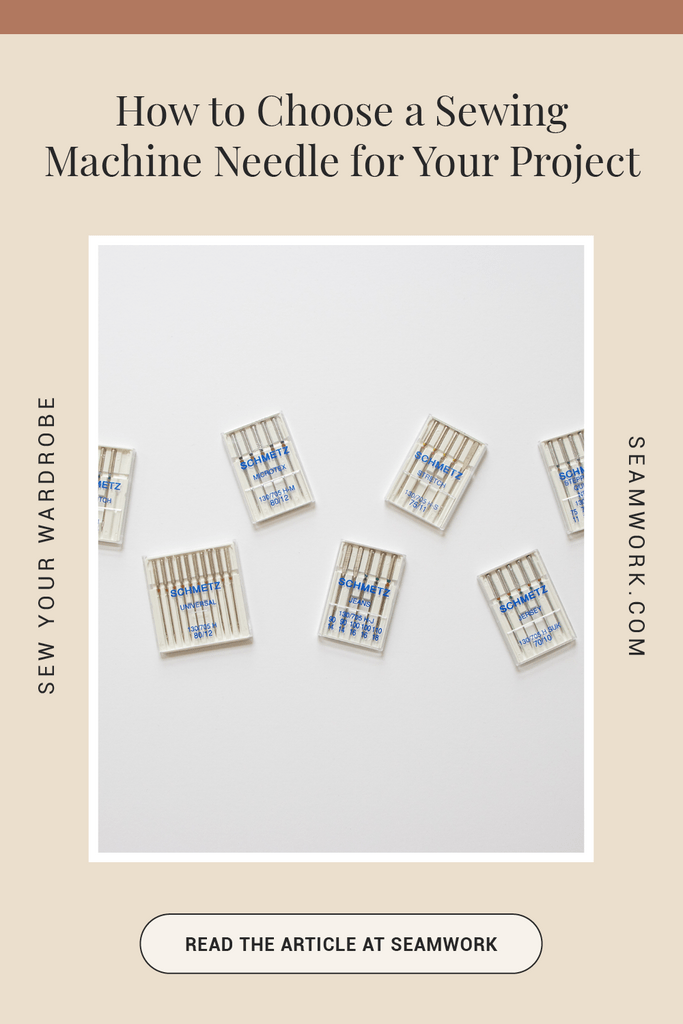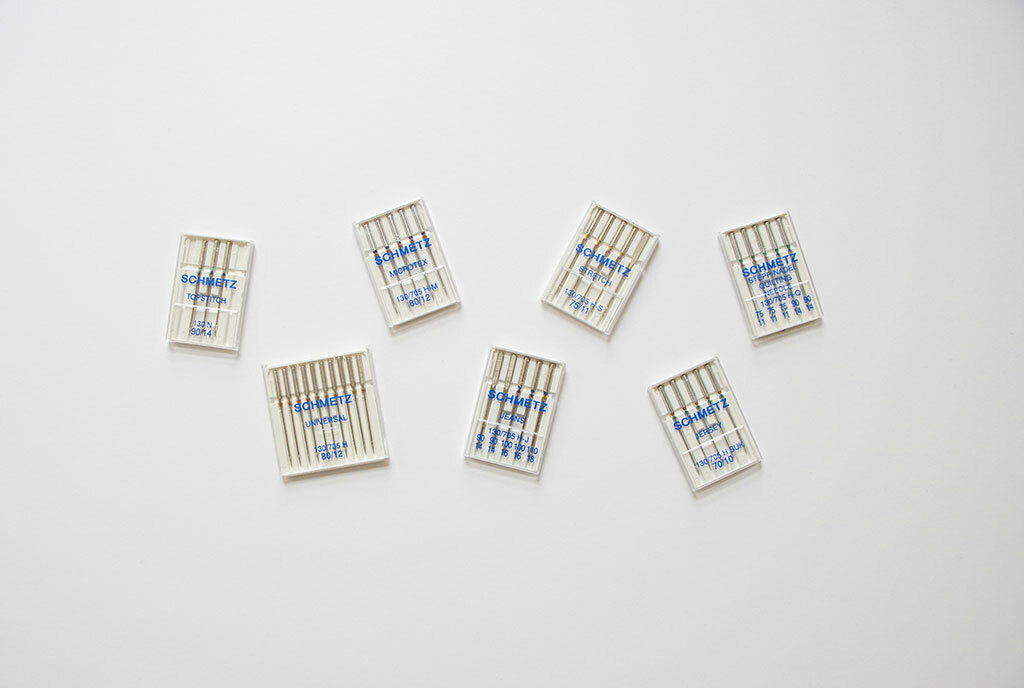
Have you ever been sewing when suddenly your fabric gets pushed down into the throat plate and gets stuck? Or had a needle break while you’re sewing? Or maybe your fabric got all bunched up behind the presser foot?
There are a few reasons this can happen, but one of the most common is simply using the wrong needle. The good news is, this is a super easy fix! Here is a quick, easy overview of how to understand sewing machine needles.
We also have a YouTube video for this article, and Sarai and Haley will show you how to pick the right needle for your project.
We also put together a downloadable needle guide just for Seamworkers!
How to Understand Needles
Sewing machine needles come in various types and sizes, and there isn’t one needle that will work for all fabrics. To pick the right sewing machine needle, you just need to match the needle to the fabric you’ll be using for your project.
Needle packages are labeled with a purpose: the label shows you the type of needle and the size. These are the two most important characteristics of a sewing machine needle.
When you look at a packet of needles, you might see some terms like universal needles, ballpoints, stretch, jeans, and quilting needles. Plus, some numbers on the packet tell you a bit about the size. If you learn how to interpret this information, you’ll always have the right needle for your project.
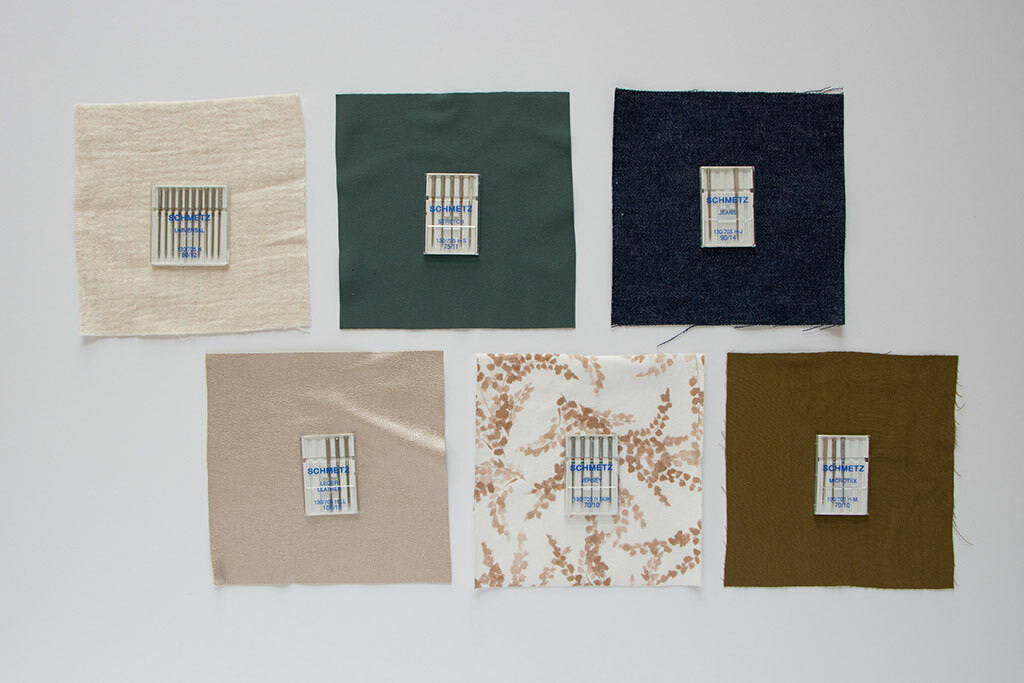
Different Needle Types
The first characteristic is the type of needle. Different types of needles have different shapes, from the blade to the eye to the tip. Here are some of the most common needle types.
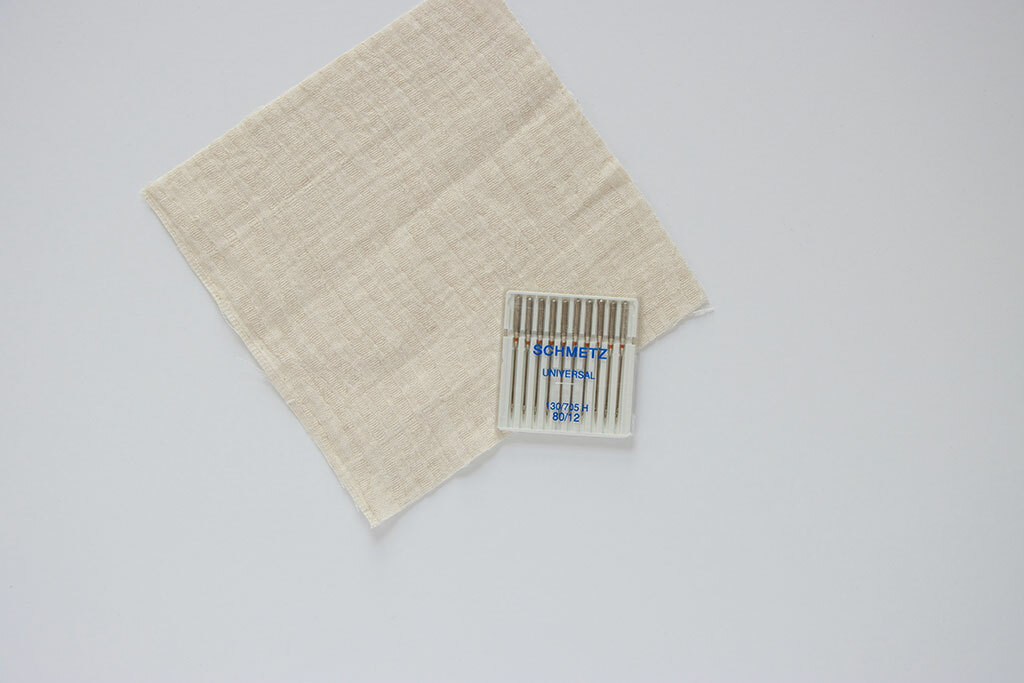
Universal needles will typically pierce most medium-weight fabrics. They're called universal because they are the most commonly used needles. They can also come in convenient packs with different size options.
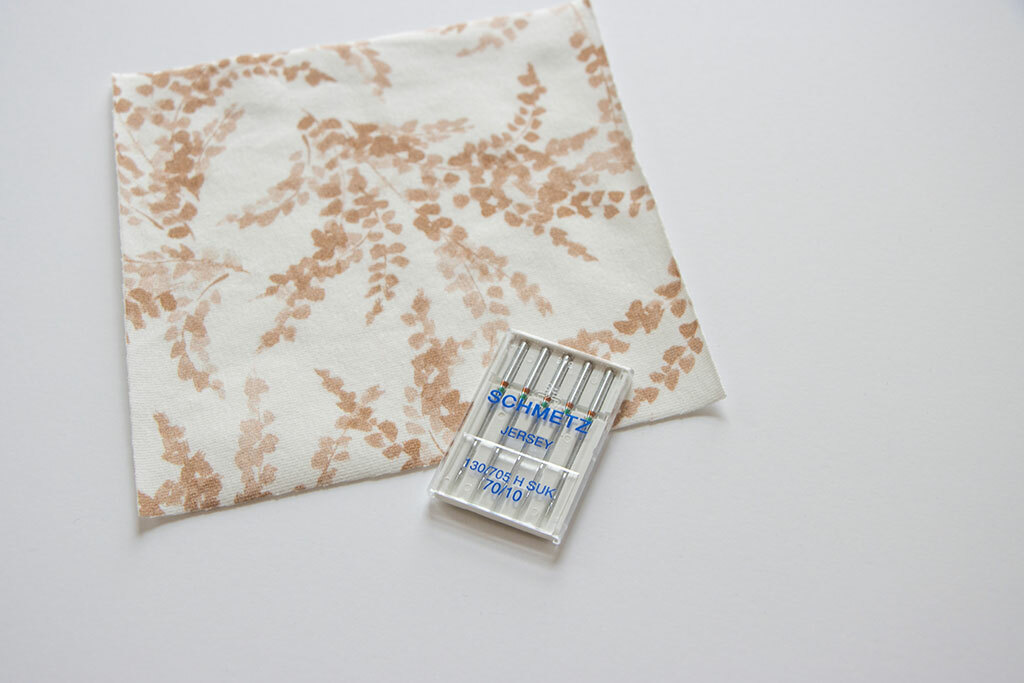
Knit fabrics require a jersey or ballpoint needle, which has a rounded tip to push the fibers rather than pierce them.
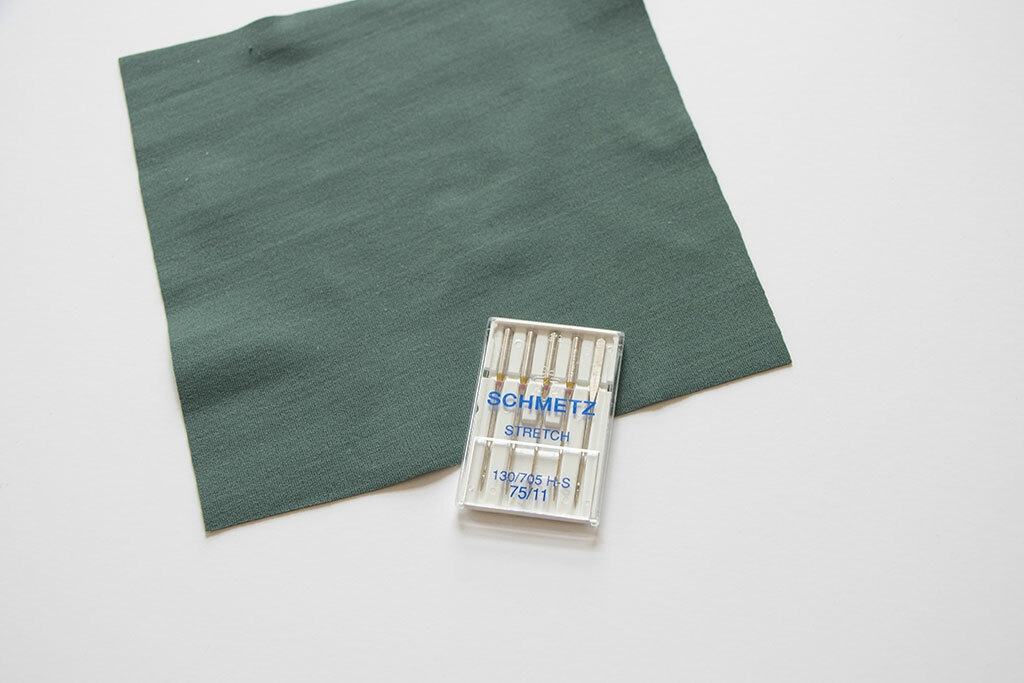
Stretch needles are like ballpoint needles, but they have a slightly less rounded point to prevent skipped stitches, which is ideal for activewear, swimwear, and highly elastic knits with a lot of lycra or spandex.
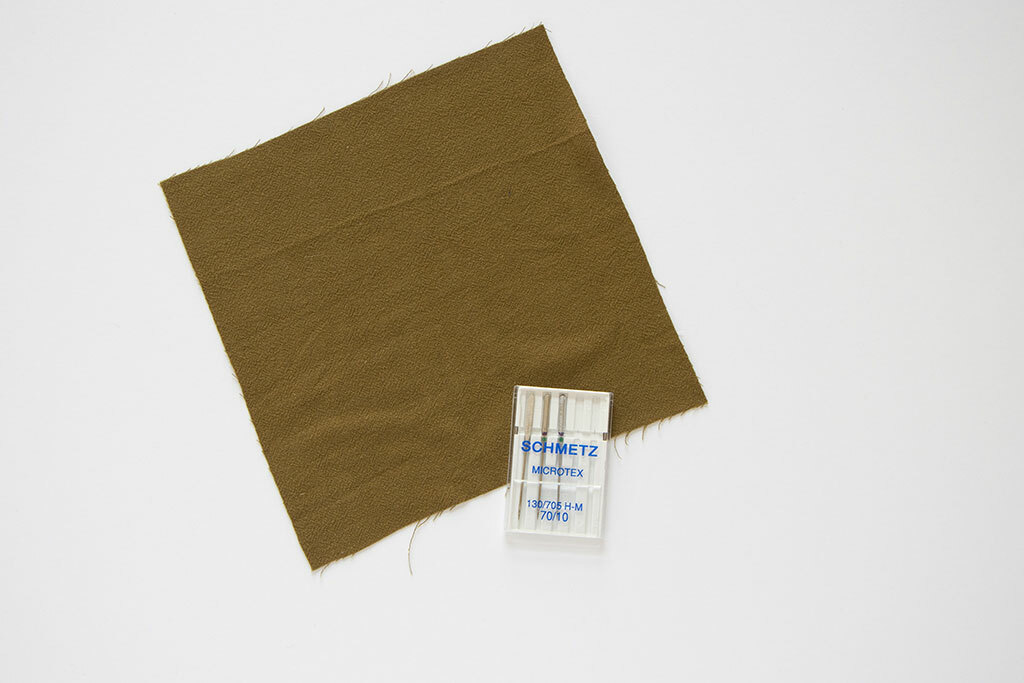
Microtex needles are very sharp and ideal for piercing lightweight, densely woven or knit fabrics without causing runs.
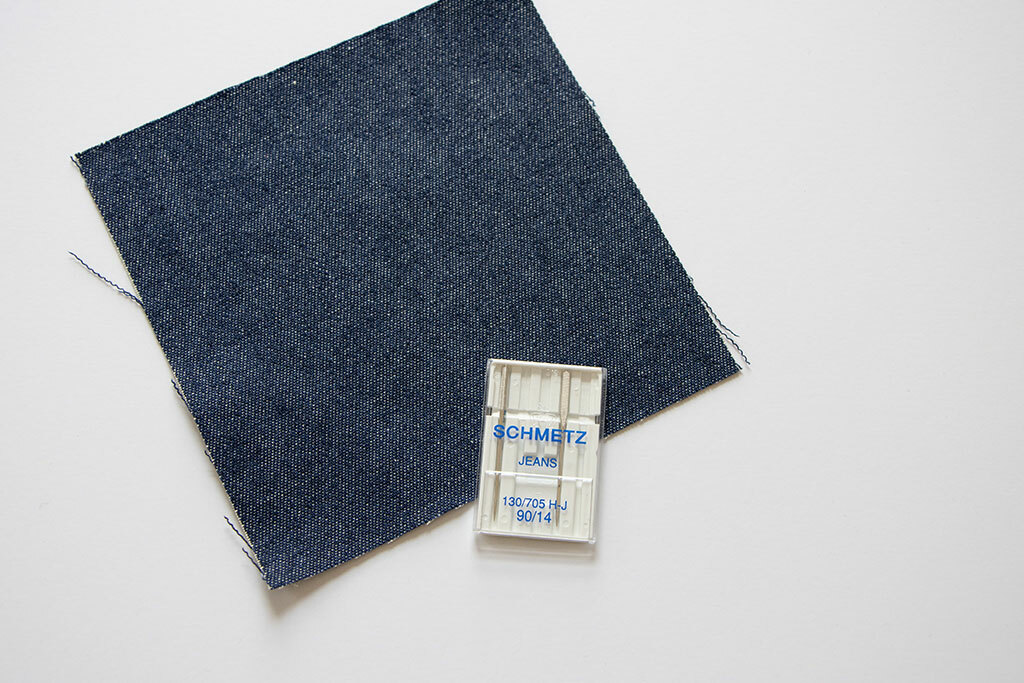
Denim or jeans needles are thick, reinforced, and sharp, with a larger eye to accommodate topstitching thread. You can also find topstitching needles designed specifically for topstitching thread.
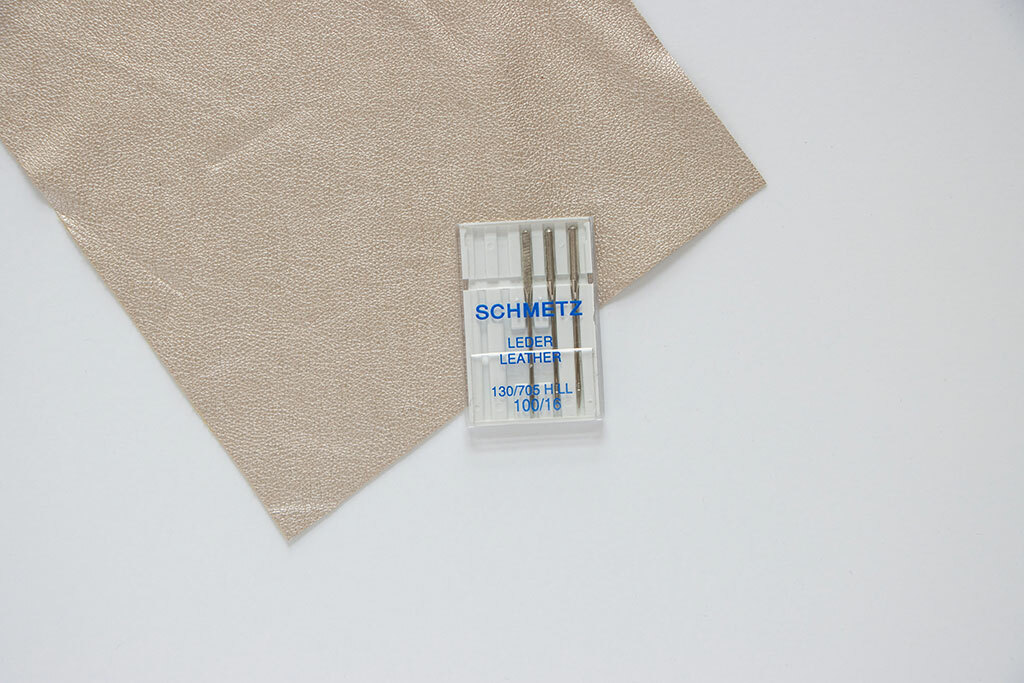
Leather needles have blades rather than points to pierce animal hides or synthetic vinyl options. Any holes you sew in these kinds of fabrics will be permanent!
Different Needle Sizes
The next important characteristic is the size of the needle. All you need to remember is that the heavier the fabric, the larger the needle you’ll need. But why are there two different numbers on packs of needles? The first is the European size, and the second is the American size.
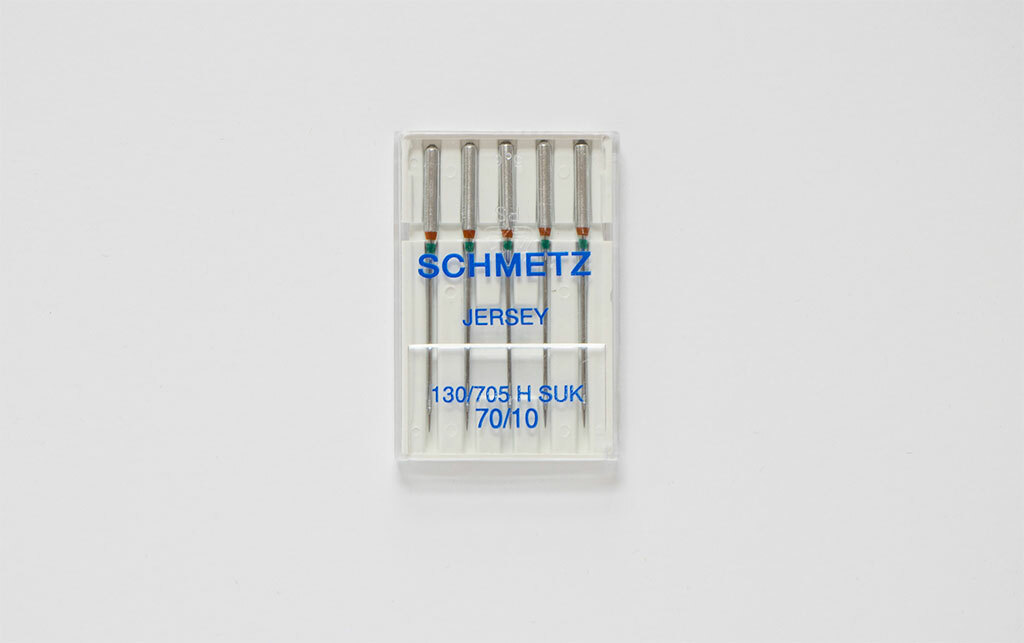
90/14 is typically regarded as a medium-weight needle, so you can start there for reference. If you are sewing with something lighter, like sheer cotton, you'll want a smaller needle, like an 80/12 or 75/11. And if you are sewing with something heavier, like denim, you'll want a larger needle like a 100/16 or 110/18.
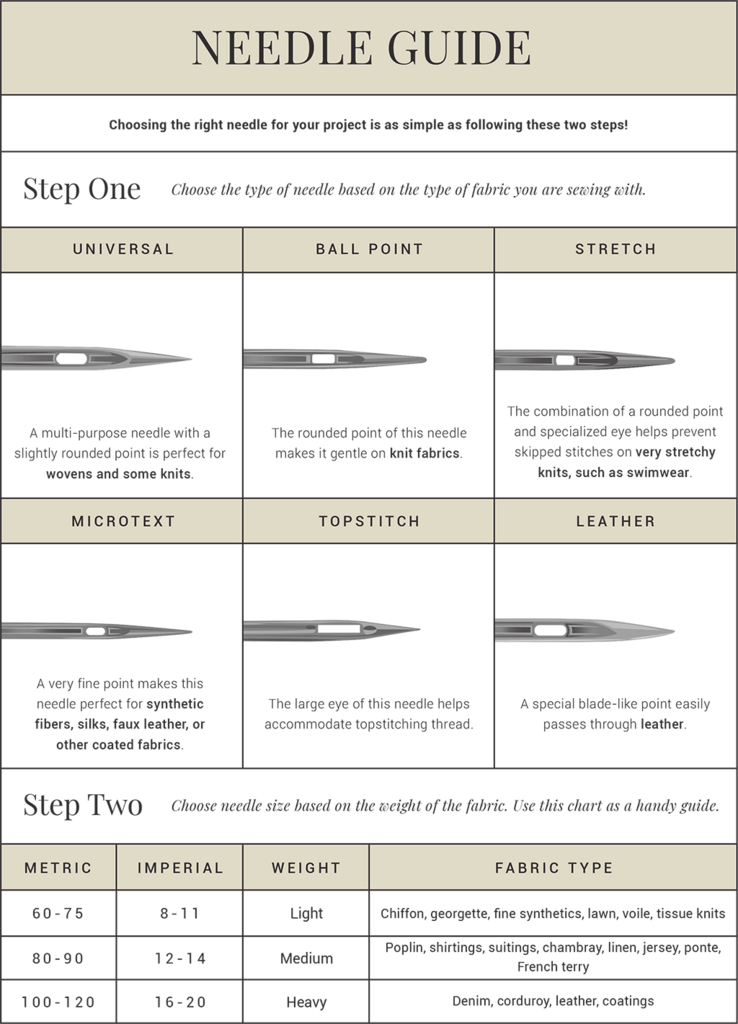
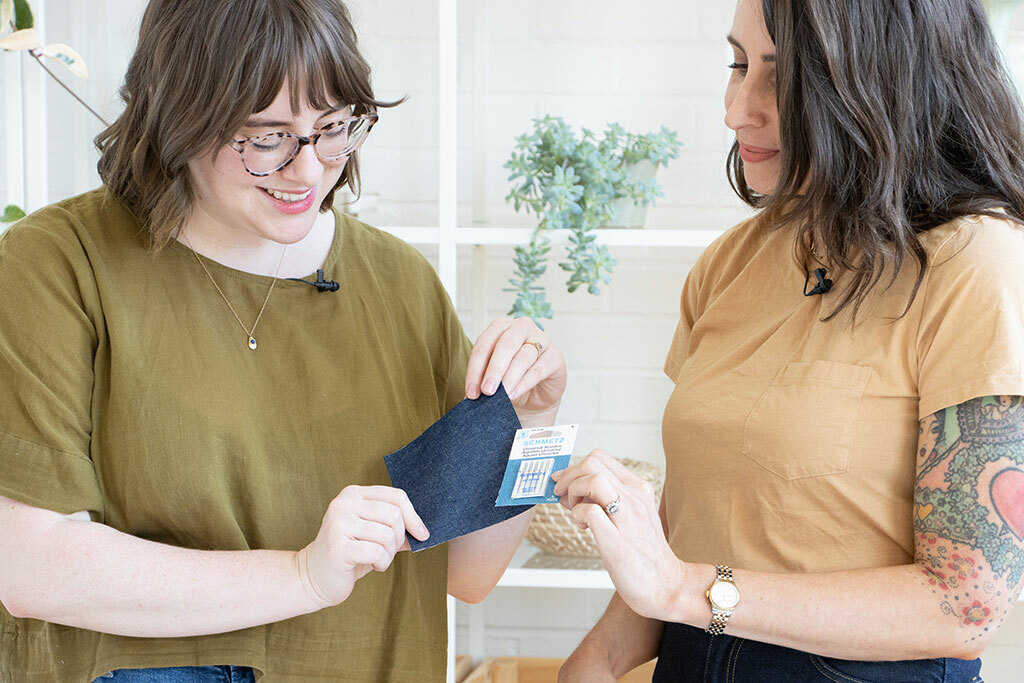
Not Sure? Test on a Swatch
When you are working with new fabrics, experiment with different needles on swatches. Check the stitches to make sure the hole that the needle pierced isn’t too big, and listen for crunching noises when you sew. If your needle is struggling to get through the fabric, you might need a sharper point, a bigger eye, or you might simply need a fresh needle. Before long, you’ll understand the subtle differences between the different types and sizes of needles and which one is best for the fabric you’re sewing.
Love the article? Pin it for later.
